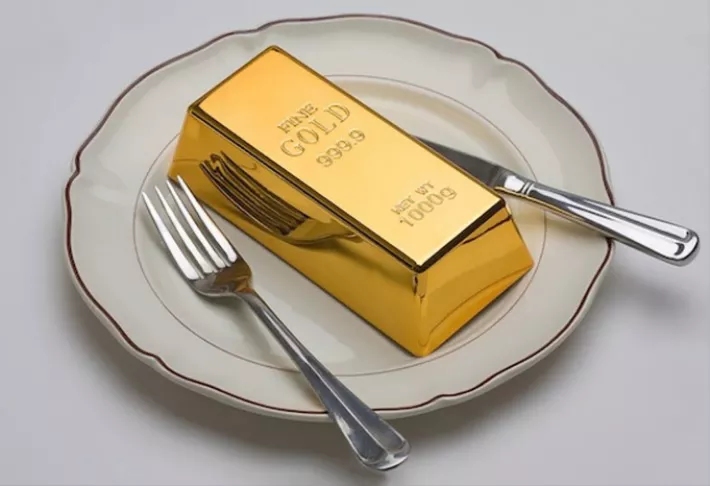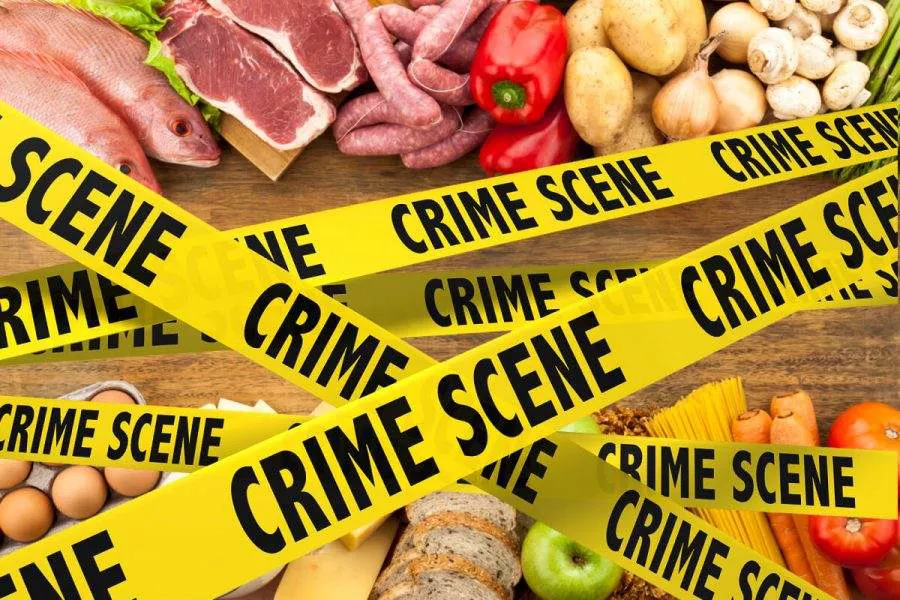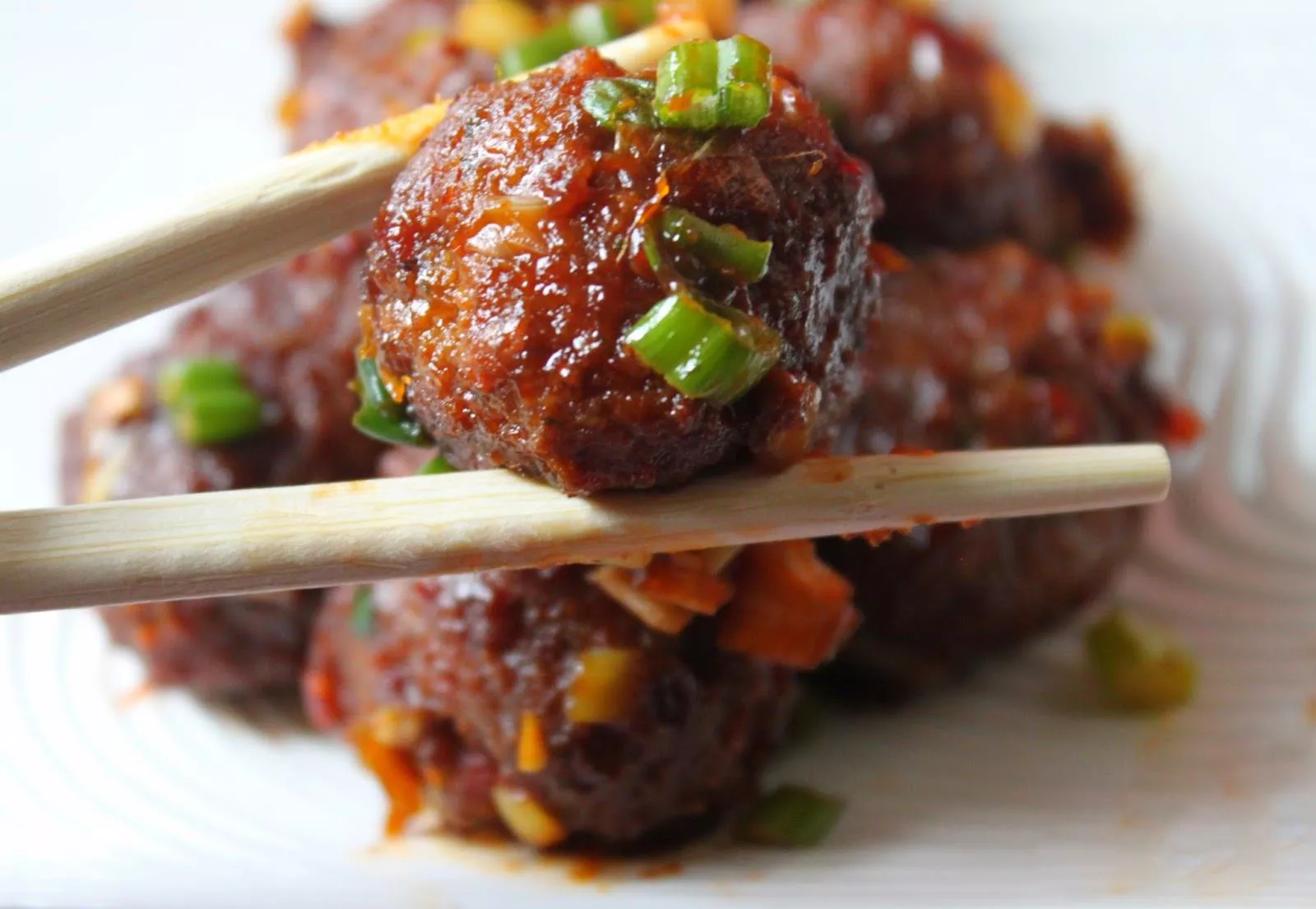The world of gastronomy is as diverse as it is intriguing, offering a vast array of culinary delights that cater to every palate. While many people enjoy simple, affordable meals, there is also a realm of luxury and extravagance in the culinary world that gives rise to the concept of expensive food. In this article, we will embark on a journey through the world of expensive food, exploring what makes certain dishes and ingredients so costly, and why some individuals are willing to pay exorbitant prices for the privilege of indulging in these culinary creations.
The Truffle: Earth’s Black Diamond
When it comes to expensive food, truffles are often regarded as the epitome of luxury. These subterranean fungi, often referred to as “black diamonds,” are one of the most sought-after and expensive ingredients in the world. Truffles are known for their intense, earthy aroma and distinctive flavor, making them a favorite among gourmet chefs and food enthusiasts alike. Truffle prices can vary greatly depending on the type and rarity, with the most coveted being the white truffle from Alba, Italy, and the black Périgord truffle from France. Their scarcity, difficulty to cultivate, and the need for specially trained truffle dogs or pigs to locate them all contribute to their high cost.
Beluga Caviar: The Essence of Opulence
Beluga caviar is another delicacy that commands a princely price in the world of expensive food. Derived from the roe of the beluga sturgeon, this luxurious treat is known for its large, lustrous eggs and buttery, briny flavor. Beluga caviar is graded based on its color, size, and texture, with the highest-quality specimens fetching the highest prices. The scarcity of beluga sturgeon due to overfishing and strict regulations on its harvest contribute to its exclusivity and cost, making it a symbol of opulence and prestige.
Kobe Beef: The Pinnacle of Beef
Kobe beef, hailing from the Hyogo Prefecture in Japan, is often considered the Rolls-Royce of beef and a prime example of expensive food. The cattle raised for Kobe beef are pampered with a diet that includes sake and receive massages to ensure their meat remains tender and marbled. This meticulous care results in meat that is renowned for its unparalleled tenderness and rich, flavorful fat marbling. The strict regulations and limited production of authentic Kobe beef have led to its high price, making it a culinary experience reserved for those with deep pockets.
Saffron: The World’s Most Expensive Spice
Saffron is a spice derived from the dried stigma of the Crocus sativus flower, and it holds the distinction of being the world’s most expensive spice. Known for its vibrant crimson color and unique floral aroma, saffron is used to add flavor and color to a wide range of dishes, from paella to Indian biryani. The reason for its high cost lies in the labor-intensive process of harvesting and collecting the delicate stigmas by hand. It takes a vast number of flowers to produce even a small amount of saffron, which contributes to its rarity and price.
Matsutake Mushrooms: A Japanese Delicacy
Matsutake mushrooms are highly prized in Japanese cuisine and are known for their distinct aroma and earthy flavor. These mushrooms are not only a culinary delicacy but also have cultural significance in Japan. They are often associated with autumn and are used in various traditional dishes and ceremonies. Matsutake mushrooms grow in specific forest environments and have become increasingly rare due to factors like habitat destruction and competition from other species. This rarity, coupled with their cultural importance, makes Matsutake mushrooms one of the most expensive food items in the world.
Almas Caviar: The White Gold
Almas caviar, also known as “white caviar,” is a rare and exceptionally expensive variety of caviar that comes from the eggs of albino beluga sturgeons. These sturgeons are exceptionally rare, and their eggs, which have a pale, golden hue, are considered a delicacy among connoisseurs. Almas caviar is often presented in a 24-karat gold tin, adding to its opulent image. The combination of the rarity of albino sturgeons and the elaborate packaging contributes to Almas caviar’s astronomical price tag, making it one of the most exclusive and expensive food items available.
Fugu: The Risky Delicacy
Fugu, or pufferfish, is a Japanese delicacy that comes with a unique twist – it can be lethally toxic if not prepared correctly. The fish contains tetrodotoxin, a poison that can paralyze and kill if ingested in sufficient quantities. To serve fugu legally, chefs must undergo rigorous training and obtain a special license. This combination of risk and expertise required to prepare fugu contributes to its high cost, making it one of the most exclusive and expensive food items in Japan.
Edible Gold: A Touch of Extravagance
Edible gold, often in the form of gold leaf or gold flakes, is a luxury addition to various dishes and drinks, earning it a place in the world of expensive food. While gold itself is not a traditional food ingredient, it is used to garnish and elevate the appearance of dishes and beverages, adding a touch of extravagance. Edible gold is tasteless and safe to consume, making it a favored choice for desserts, cocktails, and even sushi. Its high cost is primarily due to the labor-intensive process of creating thin gold sheets suitable for culinary use.
Alba White Truffle: Culinary Perfection
The Alba white truffle, often referred to as the “diamond of the kitchen,” is another prized variety of truffle that ranks among the world’s most expensive food items. Found exclusively in the forests of Alba, Italy, these truffles have a distinct aroma and flavor that are highly sought after by chefs and gourmands. The limited geographic range, the unpredictability of their growth, and the necessity of using specially trained dogs for truffle hunting all contribute to their rarity and high price.
Yubari King Melons: A Japanese Treasure
Yubari King melons are a highly sought-after fruit in Japan, known for their exceptional sweetness, juicy flesh, and distinctive orange hue. These melons are grown in the town of Yubari, located in Hokkaido, Japan, and are often sold in pairs or beautifully packaged as gifts. The meticulous care and labor-intensive cultivation process, including individual wrapping of the growing melons to protect their skin, contribute to their exclusivity and price. In Japan, Yubari King melons are often auctioned at high prices, making them one of the world’s most expensive fruits.
Civet Coffee: A Unique Brew
Civet coffee, also known as kopi luwak, is one of the world’s rarest and most expensive coffees. It is made from coffee beans that have been eaten, digested, and excreted by civet cats, a small mammal native to Southeast Asia. The digestive enzymes in the civet’s stomach are said to alter the beans’ flavor profile, resulting in a smoother and less acidic coffee. The rarity of civet coffee is due to the labor-intensive process of collecting the beans from civet feces, as well as ethical concerns surrounding the treatment of civets in some production methods.
Bluefin Tuna: A Pricey Catch
Bluefin tuna is a highly sought-after fish in the world of sushi and sashimi, and it often commands sky-high prices at seafood auctions. The scarcity of bluefin tuna, particularly the prized Otoro and Chutoro cuts, has led to its status as one of the most expensive fish in the world. Overfishing and concerns about the sustainability of bluefin tuna populations have further driven up its price. Despite conservation efforts, the demand for this delicacy continues to make it an exclusive and expensive food item.
Conclusion
Expensive food items represent a fascinating intersection of culinary craftsmanship, rarity, and exclusivity. Whether it’s the earthy aroma of truffles, the delicate flavor of saffron, or the decadence of beluga caviar, these luxury ingredients and dishes have captured the imaginations of gourmands and food enthusiasts worldwide.
























